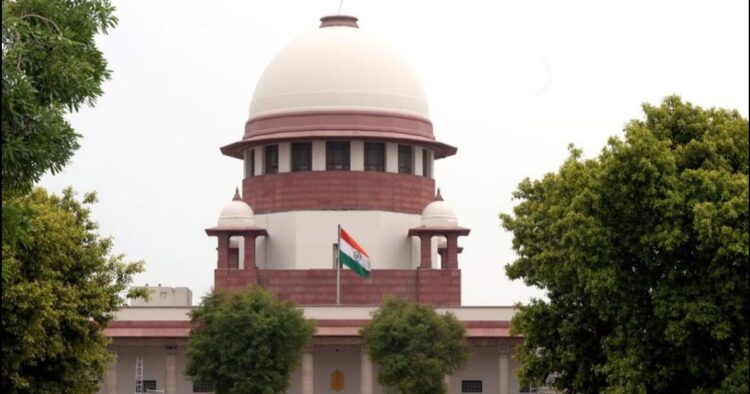The Supreme Court has called for a more compassionate approach to the ongoing eviction case in Haldwani, Uttarakhand, where over 50,000 residents face displacement from land claimed by the Railways. The court has instructed both the Centre and the Uttarakhand government to create a comprehensive rehabilitation plan for these residents.
On Wednesday, the Supreme Court, led by Justice Surya Kant and joined by Justices Dipankar Datta and Ujjal Bhuyan, criticized how the eviction orders were issued. The court expressed concerns about the use of public interest litigation (PIL) to initiate the eviction process, instead of following proper legal procedures under the Public Premises (Eviction of Unauthorised Occupants) Act. The justices questioned why the eviction was pursued through a PIL rather than through established legal channels, emphasizing that PILs should not be used as a means to bypass legal processes.
The Supreme Court stressed the need for humane considerations in handling such cases. “We are dealing with human beings here,” the court remarked. The judges pointed out that even if the residents are considered encroachers, they have lived on the land for decades and deserve a fair opportunity to present their claims and find alternative housing.
The dispute began with a December 2022 order from the Uttarakhand High Court, which authorized the eviction of 4,365 families from 78 acres in Haldwani’s Banbhoolpura area. This order, part of a PIL filed in 2013, jeopardized the homes of over 50,000 people, many of whom are Muslim. The eviction order was set to be carried out during the winter, raising concerns about the well-being of the displaced families.
The high court’s decision led to protests and criticism, with some alleging that the eviction was aimed at targeting a specific community. On January 5, 2023, the Supreme Court upheld the high court’s order, highlighting the need for a balanced and humane approach.
Following the Supreme Court’s stay, the Railways filed a plea requesting modifications to the order to facilitate the removal of dwellings for railway expansion and infrastructure improvements. During a recent hearing, the court asked if the authorities had considered rehabilitating the affected families in line with existing policies.
The Supreme Court was critical of the state government’s response, particularly questioning why only 13 out of more than 4,300 families were able to prove any legal claim to the land. The court also criticized the district collector for not addressing the notices issued by the Railways under the Public Premises Act.
The bench instructed the Centre and Uttarakhand state authorities to submit a detailed rehabilitation plan within four weeks. The court emphasized that while railway expansion is important, the rights and needs of the displaced families must also be considered. The chief secretary of Uttarakhand has been directed to coordinate with the Railways and the Ministry of Housing Affairs to develop a fair and just rehabilitation scheme.
The court has asked for a clear plan that includes identifying the land needed for railway expansion and finding suitable relocation sites for the affected families. The case will be reviewed again on September 11, when the court will assess the progress of the rehabilitation efforts and the balance between infrastructure development and human rights.

















Comments